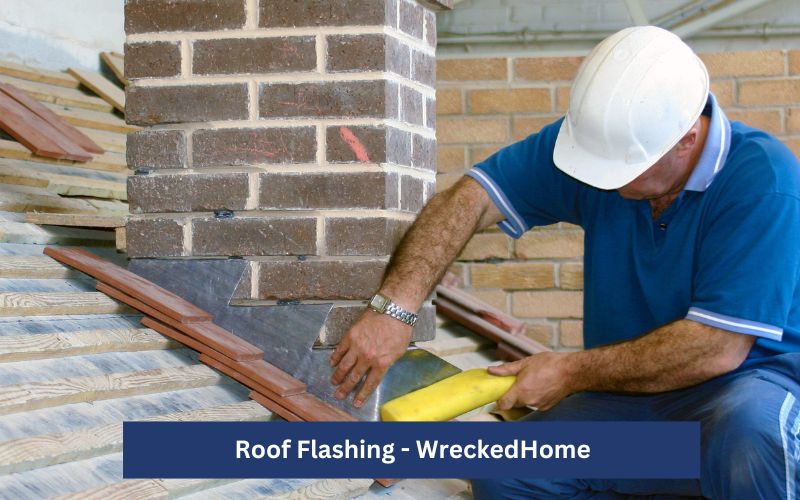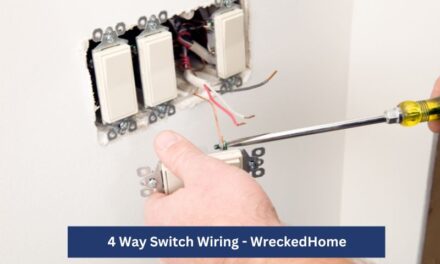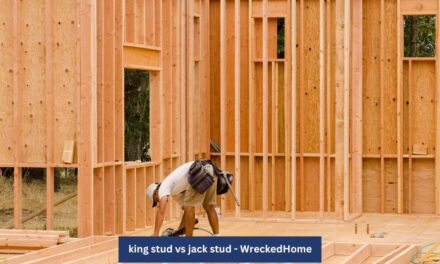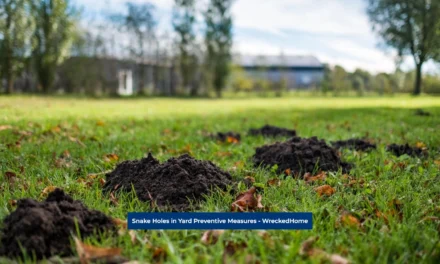The roof is single-handedly one of the most important elements of a home. With that being said, the roof flashing is important to the roofing system as it ensures overall strength. That’s why it’s necessary to safeguard the roof against the severe weather conditions; especially, incessant rains. The roof flashing is the most vibrant protector against any situation.
But you may wonder: Is roof flashing necessary and how does it work? And the answer is a resounding yes. Roof flashing is like equipping your home’s roof against the damages made by water leaks and seams. The core purpose of such protection is to drive the water away from sensitive roof parts, like chimneys, valleys, and roof walls.
But before you head towards installing such a protection mechanism in your house, it’s good to explore its how it works and its importance. This way, you can equip your home against the damages made by severe weather conditions. So, let’s move on together to explore this mechanism in detail!
Is the Roof Flashing Necessary? – 8 Key Benefits
Yes! Roof flashing is necessary, especially in areas prone to occasional severe weather conditions. If water leaks through your roof, this weakens the overall structure of your building. It causes severe damage to your building, walls, and ceiling.
But, effective flashing will safeguard the roof against the damages of water leaks by adding to the overall lifespan of the house. Below, you will find the top reasons why it is important and beneficial to install roof flashing;
1- Increases Roof Lifespan
Roof flashing will prove an effective weapon when it comes to the roof’s integrity and strength. If you leave the water leaks and moisture unchecked, these will lead to the unexpected moss growth that weakens the building structure. However, the flashing is a guaranteed protection against any of the moisture or water leaks. It will act as a double edged sword as it will preserve the overall appearance of the walls and roof and will also increase the lifespan of the building.
2- Preserves the Roof Structure
The roof flashing not only adds to the aesthetic beauty of any building but also protects its structural strength and integrity. The water leaks and moisture are enemies of the roof’s wooden underlayment, rafts, and . But thanks to the flashing mechanism that will spare you from all these worries once you install it on your roof.
3- Battles With Moss and Stale Air
As mentioned above, the moss growth is faster on moist surfaces. So, unchecked leaks will ultimately lead to such microbial growth that will affect the overall integrity and aesthetic appeal of the building. Also, these molds can be health harming when grown in enclosed space. This way a little negligence can lead to a harmful situation. But fret not; the roof flashing will be a protective layer against all these alarms.
4- Protects the Home Insulation
Insulation of any building is a key to energy preservation and comfort. But moisture is a severe enemy to the insulation and will decrease its effectiveness.
The roof flashing guarantees you the effectiveness of roof insulation. This way you can elongate the service period of your roof insulation without any damage or risk.
5- Enhance the Energy Efficiency
Energy perseverance and efficiency is directly proportional to the insulation condition. It means a step that protects the insulation damages will also save energy by regulating the internal temperature. All this will help you in making the house cool or warm by spending less amount of energy, thus proving to be cost effective.
6- Minimizes the Maintenance Cost
Investing in the roof flashing will be beneficial for the long run, as it will help minimize the leakage damages. So, you’ll have to invest less on the overall maintenance of your building.
7- Keeps the Property’s Value Up
The overall appearance adds a lot to the overall value of your property. That’s why home buyers appreciate the physical appearance and look of the building. A property with an overall attractive condition will appeal to the investors. So, a little investment can win the long race for you.
8- Preserves the Interior Beauty
Water leaks, moisture, and moss growth not only disturb the exterior but also affect the interior of any building. But thanks to roof flashing that safeguards that exterior as well as interior of the building that is beneficial for different purposes.
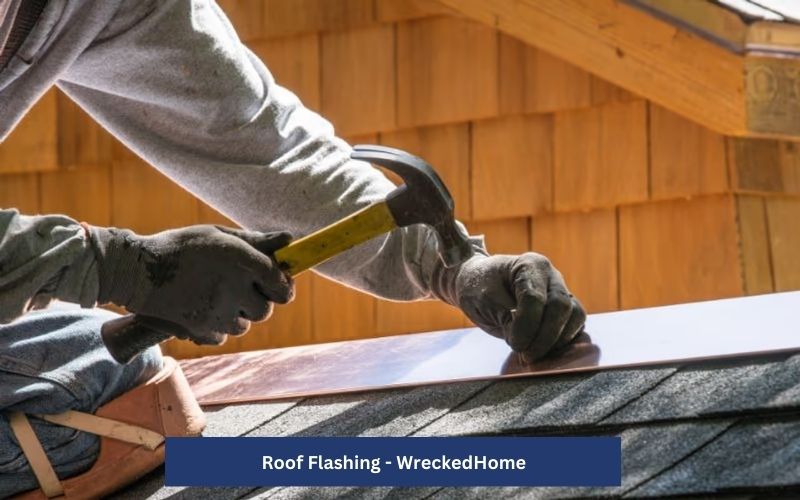
How Does Roof Flashing Work?
The roof flashing refers to making the way that helps direct the water and ice away from the risky roof areas like attic walls, ceiling, and insulation. If you live in an area featuring high rainfalls or snowfall and don’t set the roof flashings on your building, the rain water will seep into the gaps and will damage sensitive parts.
But with a proper roof flashing mechanism, you can direct the water away from such areas. It will help maintain the strength and integrity of your property. There are different types of roofs that need flashings, the most common ones are listed here;
- Chimneys
- Vent pipes
- Skylights
- Roof valleys
- Dormers
- Drip edge
- Sidewalls
Visit our store for 10% off our Tools here.
What Are Roof Flashings Made Of?
The roof flashing is usually made of metals like lead, steel, aluminum, zinc alloys, and copper. All these materials effectively block the water and prevent unconditional leaks.
Though some people also use rubber, plastic, and roof felts, all these materials are prone to certain severe environmental conditions. So, they may fail working in a harsh environment. However, one can combine all these materials with any of the above listed metals to increase the efficiency and service time.
What happens if you don’t have roof flashing?
If you don’t have roof flashing, the rainwater or melted snow will enter the cracks and gaps of the building. It will result in remarkable damage to the exterior and interior of the building. Also, this happening boosts up the moss growth that is injurious to health. That’s why roof flashing is important to keep the value of your property high.
What are Different Types Of Roof Flashings And How They Work?
In the modern era of design and architecture, there are over 30 most common roof designs available in the market. And it’s surprising to know that all these designs require a different kind of flashing for their leaks and water spillage. Here are the most commonly used techniques of roof flashing in the areas that feature high snowfall and rainfalls;
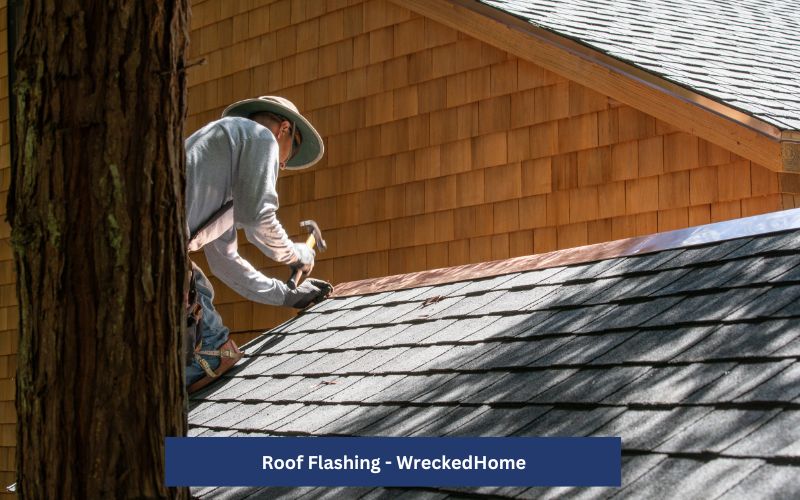
Base flashing:
This roof flashing is commonly used in areas like chimneys, dormer windows, and sidewalls. It is a galvanized L-shaped metal flashing that extends in length from 8”-10”.
Step flashing:
This type of flashing is most common in concrete walls and the slope roofs. On each step, this ceiling prevents the water leaks through the unseen gaps and cracks.
Continuous flashing:
Roofing tar and the mystic flashing techniques fall under the category of continuous flashing. It is far more adhesive and effective than the previous category.
Valley flashing:
As the name suggests, this kind of flashing is relatively larger and is usually used when the two roofs meet at a point. It is the most sensitive type of the flashing as it lies on the joining slope of two roofs where water pressure is high.
Drip edge flashing:
This flashing proves helpful on the edges of flat as well as sloping roofs. It prevents the damage resulting from water flow on the shingle.
Conclusion
In conclusion, we discussed how roof flashing is necessary as well as how it works. Roof flashing refers to usage of blocking material like metal or mixture of metal and rubber to avoid the water flow in the sensitive areas of the roof. Mostly, a mixture of any metal and rubber or plastic will prove the most effective flashing.
If some material fails to work, the other will work to perform the job. However, choose the right flashing type depending upon the roof type. This strategy will help yield maximum results.
For any repairs, installations, builds, or questions; We recommend you to hire a professional. Find A Pro Near You Here!
FAQs
How important is flashing on a roof?
The flashing on the roof is very important because it prevents the occasional damages resulting from heavy rains and snow falling. It is a procedure that directs the water to a risk free way and prevents it from seeping into the unseen gaps and cracks. Mostly, it’s installed on chimneys, sideways, and shingles.
What happens if you don’t have roof flashing?
Yes, flashing on the roof proves very effective in all areas. It acts as a weatherproof layer for the roofs and prevents the water penetration in chimneys, pipe vents, walls, and valleys. All this will keep the original shine of the building intact without dropping its value.
Does a metal roof need flashing?
Yes, it’s a good idea to add flashing to metal roofs as well because it prevents unexpected water entrance to the pores and gaps. Without such a measure, the decaying chances of the metal will be high. However, adding flashing will largely reduce the chances of metal decay resulting from rotting and moisture.

